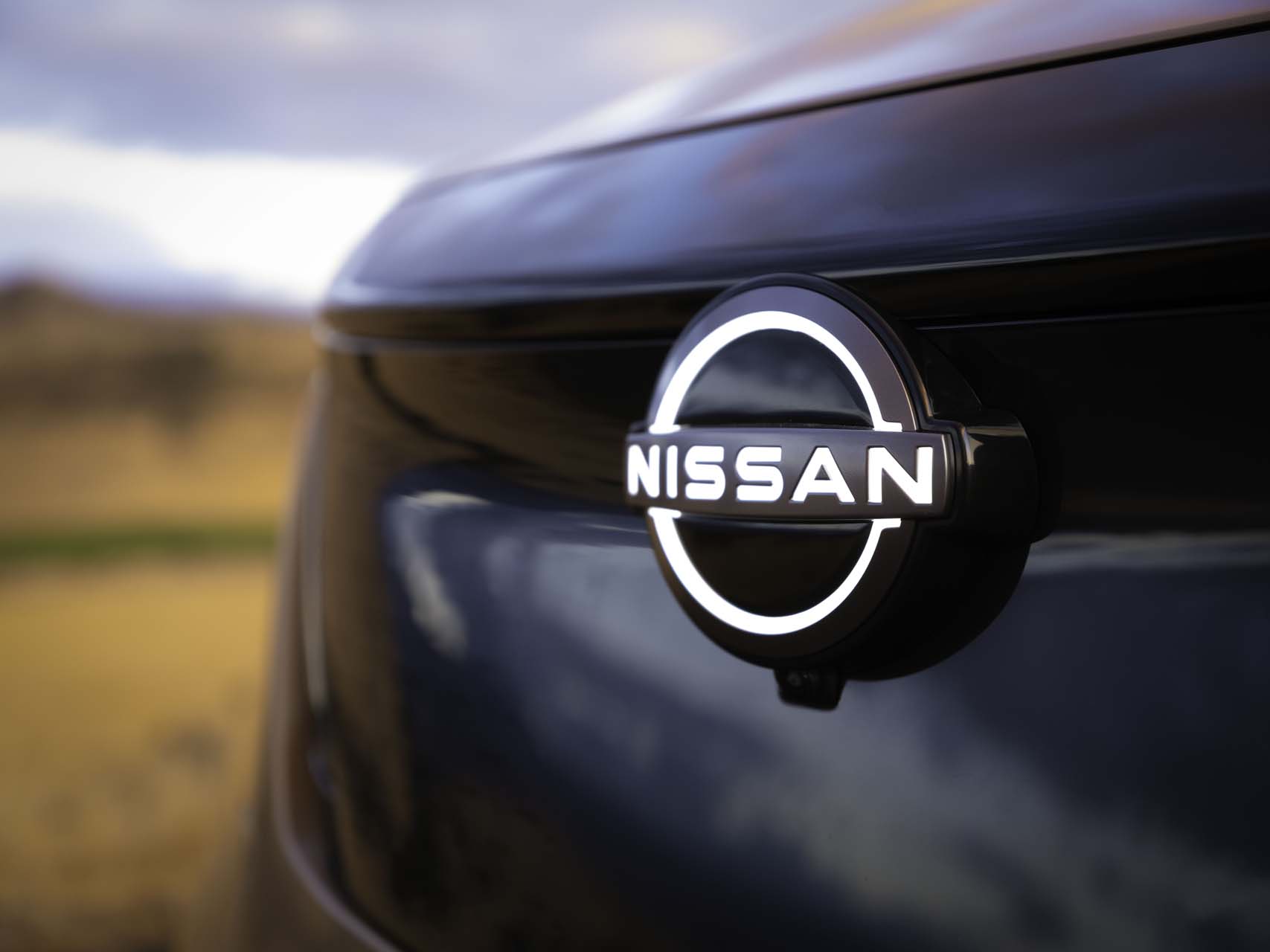This past year, the Nissan Ariya has dropped into a cohort of quite appealing crossover EVs, including the Ford Mustang Mach-E, Hyundai Ioniq 5, Kia EV6, Tesla Model Y, Toyota bZ4X, Subaru Solterra, Volkswagen ID.4, Volvo C40 and XC40 Recharge. It’s a very crowded field.
All of those models arrived before the Ariya and are roughly the same size, as well as relatively close in price. And some of them have versions ramping up the sporting pretense.
But the Ariya has a secret weapon that makes it a standout in this class: Its e-4orce all-wheel-drive system. With it, the Ariya doesn’t offer scorching launches (think 0-60 mph in a very respectable 4.8 seconds), though it offers something more nuanced and endearing: It harnesses chassis-control wizardry from the GT-R supercar and applies it to the motor controls. The Ariya e-4orce steers communicatively and yet soaks up heaves and pitchy surfaces while adding control, and it handles imperfect roads so well while maintaining composure that you might swear it has the complexity of an air suspension or adaptive dampers or rear-wheel steering. It doesn’t have any of those tech supplements, and that makes it all the more impressive.

2023 Nissan Ariya e-4orce
The Ariya e-4orce is super-hushed and comfortable, hard to fluster, and yet satisfying and rewarding to drive quickly—a very unusual combination in this group of vehicles that offers up neck-snapping launches but tends to whimper in the corners.
Nissan got so much just right in the interface. The Ariya focuses most controls on a pair of 12.3-inch displays, slightly curved toward the driver. Android Auto and Apple CarPlay connect wirelessly, and there’s a great combination of physical buttons and haptic surfaces to complement a new and better set of switchgear.

2023 Nissan Ariya – preview drive (Euro spec)
The look and feel of the entire cabin doesn’t disappoint either. It offers a warm, luxury-car ambiance, with patterns from Japanese woodcarving and nods to traditional lanterns in the ambient lighting, plus a grained dash and console surfaces.
All that said, we’re not smitten with the Ariya in every respect. For instance, the seat height could be a bit lower—something we’ve heard echoed by a range of drivers of different sizes.
Further, while the Ariya makes good from its 87-kwh (usable) battery pack with up to 304 miles of range—with up to 272 miles for e-4orce models—the Ariya isn’t a leader in efficiency or its road-trip fast-charging rate. Nissan hasn’t yet talked about even matching the Leaf’s bidirectional charging toolset.
The Ariya does offer a smaller battery pack with 63 kwh usable. And it’s the only model in its class to offer all-wheel drive and the smaller pack together. If you can get by fine with 205 miles of range from that base pack, you can opt for the e-4orce version for as little as $48,485. With 2024 pricing still not yet announced at the time we’re writing this, the 2023 Ariya ranges from $44,555 to $61,555, including destination, which means it’s priced a bit higher than most of the competition (and isn’t EV tax-credit eligible).

2023 Nissan Ariya
On one hand, the Ariya is a latecomer to its segment. As a model that was previewed with the IMx concept vehicle back in 2017 and then delayed several times, the Ariya could have arrived before many of those others, but front-wheel-drive versions weren’t delivered to the U.S. until last December, and the e-4orce all-wheel-drive versions followed a few months later.
Had it arrived in significant numbers in the long-range e-4orce version our editorial team had for testing a year or two ago, there would be far less internal debate over whether or not it’s the best of the year.

2023 Nissan Ariya
On the other hand, the Ariya is very clearly the future, and it starts a new era for Nissan—one in which vehicles are engineered without concessions for gasoline engines and allowed to take advantage of all the flexibilities of going fully electric. It marks the start of a completely new look for Nissan, from the profile to the design details, and from its interface to the switchgear and the materials you see and touch. Could you imagine a future in which the U.S.-built Nissan and Infiniti EVs—or any Nissan and Infiniti models—won’t be using a version of this look and interface?
If anything now, the Ariya isn’t just a great EV but a template that bodes very well for future EVs from Nissan.

